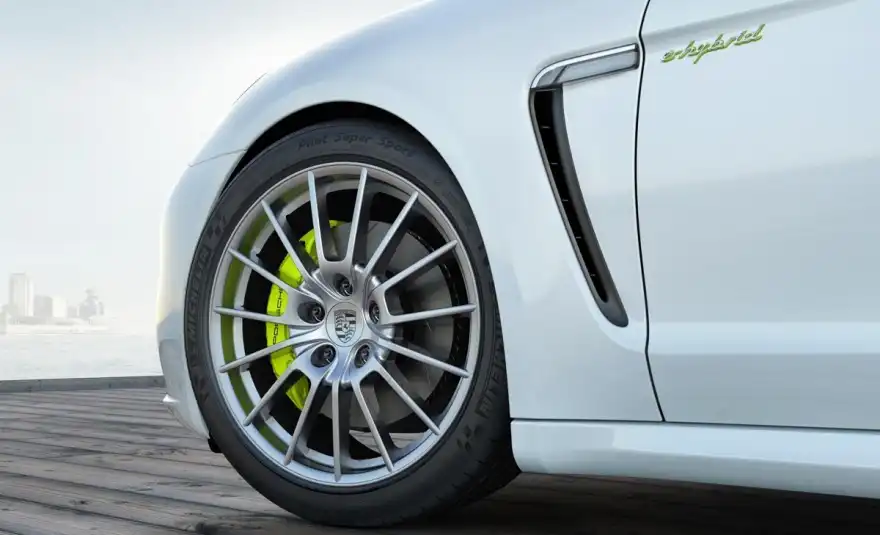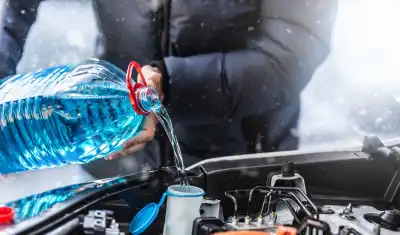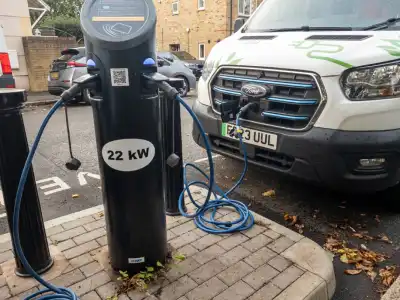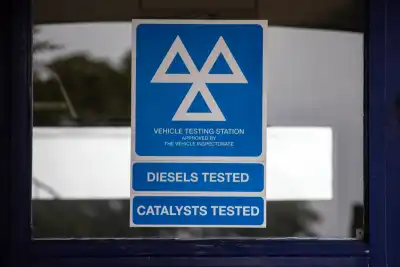
A tyre influences the vehicle's braking and handling so it is important to buy a suitable compound, TyresOnTheDrive.com says. The supplier therefore has a few tips to help motorists choose wisely.
Tyre Letters And Numbers Explained
The starting point to find the series of letters and numbers that reveal the necessary specification, say "195 55 R16 86V". This can be found on the side wall of an existing tyre. Cross reference the letters and numbers – in case a previous owner fitted the wrong type - by referring to the manual or contacting the manufacturer.
In our example, “195” is the tyre width in millimetres and “55” its height as a percentage of width. The “R” means “radial” which is the type of construction, and “16” is the wheel diameter in inches.
The “86” is a load rating which is how much weight the tyre can support. Most fit in the 62 (265kg) to 126 (1,700 kg) range. Finally, “V” reveals how fast the tyre can travel. TyresOnTheDrive says the “S” rating equals 113mph, “H” is 130mph, “V” is 149mph, “Z” is 150mph+, “W” is 168mph and “Y” is 186mph. A driver can fit a faster rating than recommended by the manufacturer, but not slower.
Premium, Mid-Range And Budget
A premium tyre – as the name suggests – optimises the vehicle's handling, braking and traction. A typical development period is 3 years. Furthermore, a manufacturer might work with a tyre producer to create a specific compound – known as Original Equipment (OE)- for a specific car which might be the best choice if funds permit.
A mid-range equivalent can be considerably cheaper as it incorporates less expensive materials, but should still provide respectable performance. A budget comparative, in contrast, might physically resemble a premium tyre as tread patterns cannot be patented - but its performance is likely to be noticeably inferior.
European Tyre Label
The European Tyre Label contains information that makes it easier to choose. Car, sports-utility, van and truck tyres have, by law, been accompanied by a label since November 2012. It resembles those found on white goods such as fridges and incorporates three elements: a fuel efficiency rating, wet grip rating and external rolling noise rating. The motorist can choose based on preference.
Winter And All-Season
A winter tyre should outperform an all-season comparative once the ambient temperature falls below 7 Celsius – so the former is not only reserved for extreme conditions such as snow and ice. On this basis, a motorist should choose either a winter or all-season tyre based on the average temperature where the vehicle spends its life.
Where To Purchase Tyres
Need new tyres? Enjoy free convenient mobile tyre fitting 7 days a week helping you save time and money.




